A huge cemetery, almost 4.5 thousand years old, was unearthed in Britain (photo)
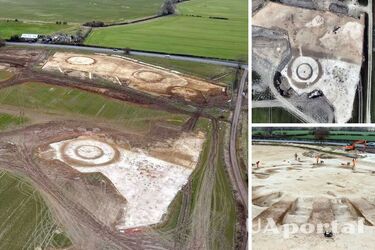
In the UK, on the outskirts of Harnham, archaeological excavations have revealed the remains of a huge cemetery with mounds on the site of a planned residential complex, which may be 3500 to 4500 years old.
Вчені вважають, що круглі кургани були побудовані в період неоліту. Вони складаються з центрального поховання, кургану та довколишнього рову. Вони мають розміри від 10 до 50 метрів у діаметрі, в середньому 20-30 метрів.
Earthworks also differ: there are "bell mounds" with large central mounds, "disk mounds" with small central mounds and outer ramparts, and "pond mounds" with hollows in the center, according to Cotswold Archaeology.
All of the mounds discovered on Netherhampton Road have been leveled by centuries of agricultural activity and therefore remain only as ditches, but fortunately ten burials and three piles of cremation ashes have survived.
Our cemetery consists of approximately twenty or more barrows that extend from the very edge of Harnham at the bottom of the Nader Valley, up and across the adjacent chalk slope at the northern edge of the Cranbourne Chase landscape. The barrows are arranged in small groups - either in pairs or groups of six or so - and we have excavated only five of them so far.

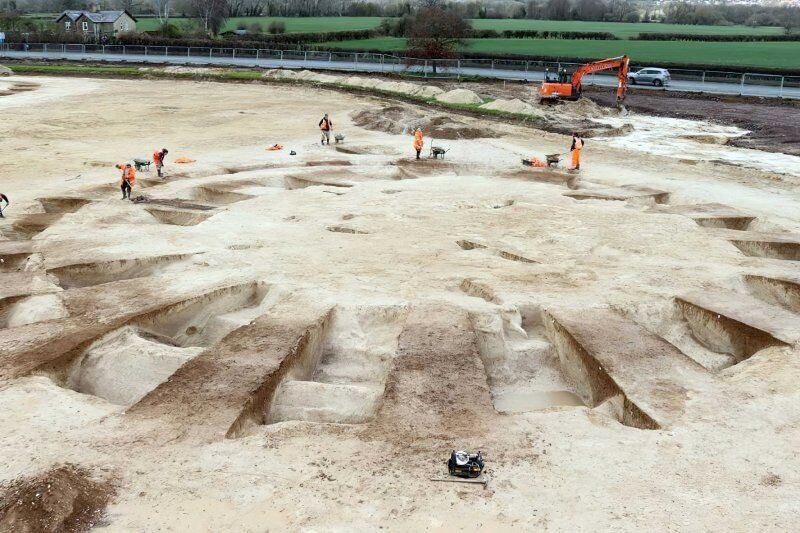
Scientists say that the oval shape suggests that this last barrow may have been originally built during the British Neolithic period (4100-2500 BC). In its center was a mass grave with the remains of adults and children - such group burials are rare, and it will definitely be subjected to radiocarbon dating. Two more graves were discovered in the mound, both of which contained burials of cups that were probably created in the early Bronze Age.
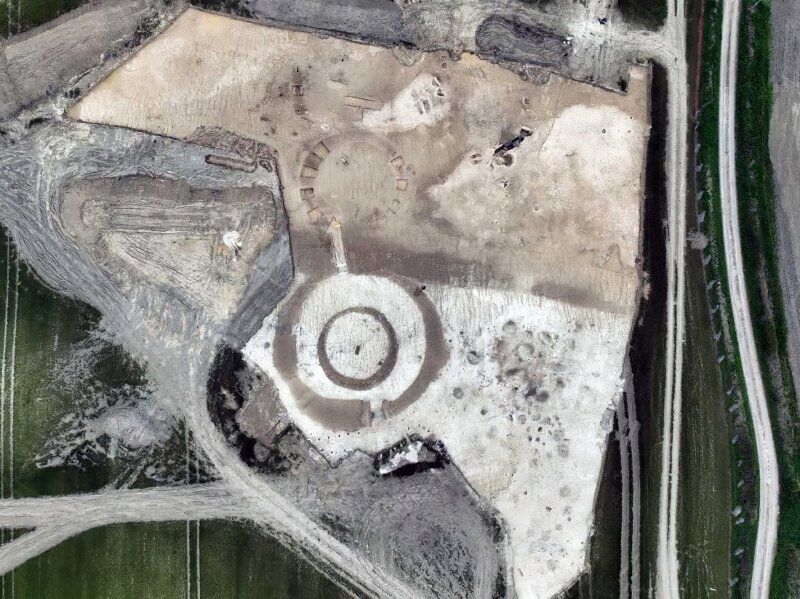
In one part of the excavation site, ruins and artifacts dating back to the Saxon period (which lasted from about 400 AD to the end of the first millennium) were found. These include the ruins of a building that was partially flooded, processed logs that were well preserved due to the flooding, fragments of pottery, and iron knife blades.
Archaeologists have also unearthed a large number of samples of Late Neolithic pottery, which is known as "fluted ware." This type of pottery originated in various settlements on the Orkney Islands off the northeast coast of Scotland around 3000 BC.
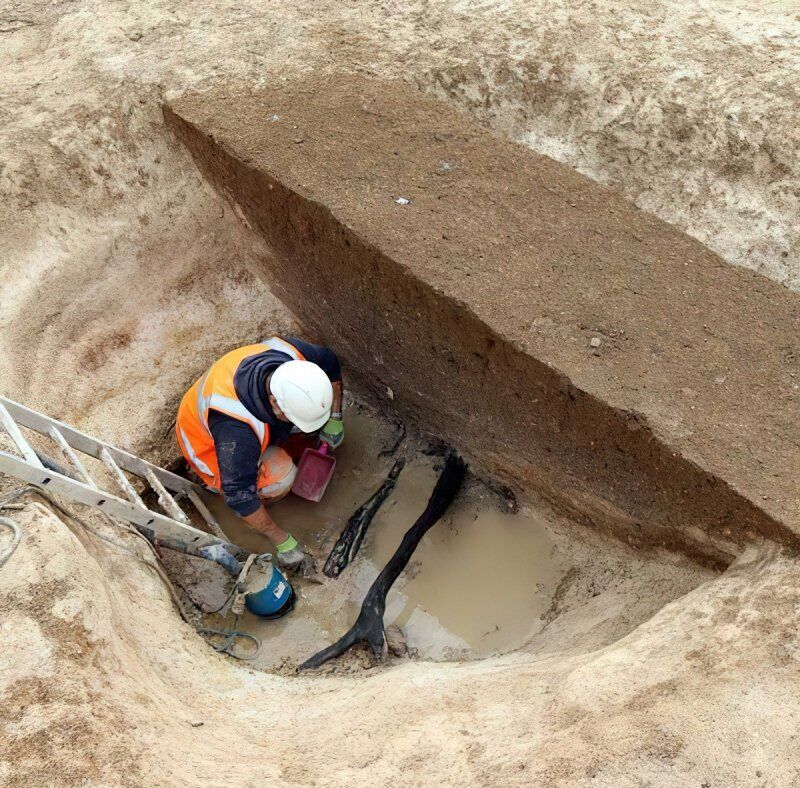

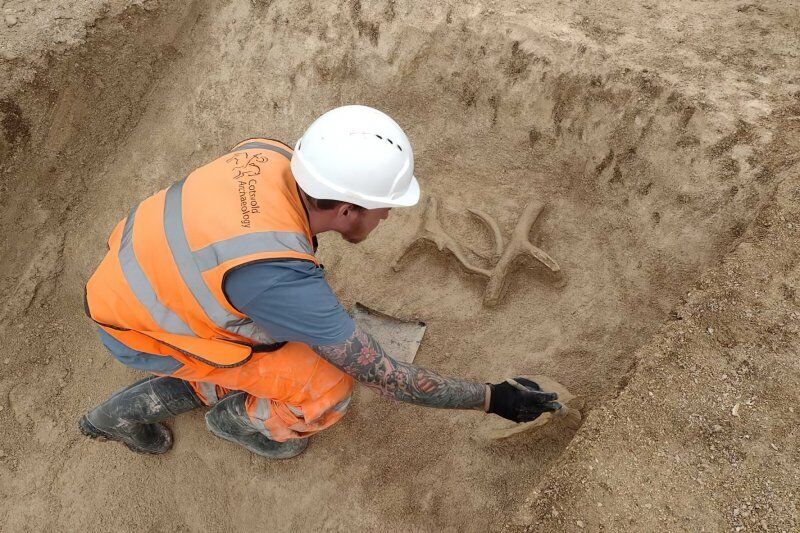
Other Late Neolithic artifacts were also found, including three sloping arrowheads, a scallop shell, a small flint saw, and a mysterious clay ball of unknown purpose.
As a reminder, a mausoleum dating back to the Roman era was unearthed in London, where the rich were buried.
If you wish to stay updated on the latest news regarding the war and events in Ukraine, you may consider subscribing to our Telegram channel!
